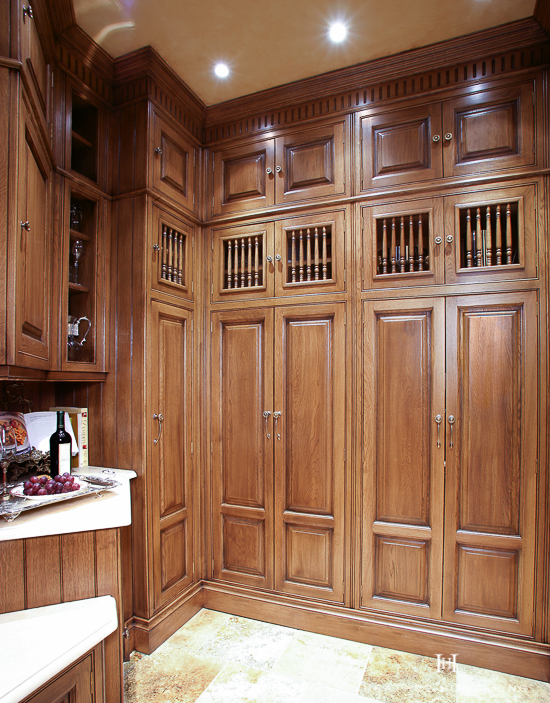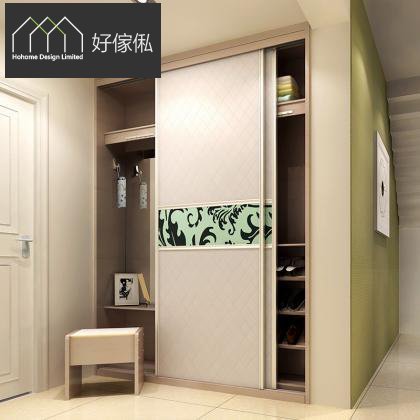All Categories
Featured
In home layout, door positioning typically takes a rear seat to larger architectural decisions, yet it plays an essential function fit how a house feels and functions. Proper door positioning ensures that areas are effective, visually pleasing, and for a comfy lifestyle. Below's a thorough consider the science behind door placement and why it is worthy of more focus in the layout process.
Doors are the portals that attach one space to an additional, and their placement needs to help with smooth activity throughout the home.
Key Considerations:
Sensible Pathways: Setting doors to align with all-natural web traffic patterns. As an example, a kitchen area door need to offer straight accessibility to the eating location to streamline day-to-day routines.
Minimizing Obstacles: Prevent putting doors where furnishings or architectural components might block their swing or develop traffic jams.
Transitions: Usage doorways to mark shifts in between public and exclusive areas, such as hallways bring about bed rooms.
The positioning of doors can substantially affect exactly how light and air circulate within a home, adding to its total ambiance and power efficiency.
Placement Strategies:
Cross-Ventilation: Area doors contrary home windows or other openings to advertise air movement, especially in cozy environments.
Sunshine Optimization: Take into consideration the positioning of exterior doors to catch early morning or mid-day light, brightening insides naturally.
Glass Doors: Make Use Of doors with glass inserts to allow light to infiltrate, improving brightness in surrounding spaces.
Strategic door positioning is crucial for preserving privacy in vital locations without endangering access.
Finest Practices:
Bedrooms and Bathrooms: Setting these doors far from high-traffic zones like living rooms or kitchens to create a feeling of retreat.
Guest Locations: For homes with visitor collections, doors must provide both simple access and privacy for site visitors.
Main Entrance: The front door ought to provide direct access to usual locations without disclosing way too much of the home's interior.
Beyond functionality, doors play a considerable role in the visual comprehensibility of a room. Their positioning and style should improve the home's visual charm.
Style Tips:
Balance and Equilibrium: Straighten doors symmetrically in shared spaces like hallways to develop a sense of order.
Focal Factors: Use grand entrance doors or special styles as aesthetic highlights.
Uniformity: Match door designs and coatings across the home for a cohesive appearance.
Door placement can influence a home's energy performance by controling warm flow and insulation.
![]()
Energy-Saving Approaches:
Insulated Doors: Usage well-insulated exterior doors to lower power loss.
Wind Defense: Position primary doors away from prevailing wind instructions or use vestibules to minimize drafts.
Zoning: Usage doors to area off locations of the home for targeted home heating or cooling.
![]()
In several cultures, the positioning of doors lugs symbolic meaning and can impact just how a home is viewed.
Examples:
Feng Shui: In this practice, the front door's placement affects the circulation of "chi" or power, with standards emphasizing openness and equilibrium.
![]()
Directional Placement: In Vastu Shastra, an old Indian layout philosophy, door orientation is thought to effect success and harmony.
Entry Statements: Grand entrances or elaborately made doors can indicate heat and hospitality.
Last Thoughts
Door positioning is both an art and a scientific research. Thoughtful placing ensures that homes are not just useful yet additionally harmonious and welcoming. By taking into consideration spatial flow, natural light, privacy, and cultural aspects, homeowners and designers can produce areas that really feel well balanced and user-friendly. When planned properly, doors end up being a lot more than just entrance points; they form the whole living experience.
- Enhancing Spatial Flow
Doors are the portals that attach one space to an additional, and their placement needs to help with smooth activity throughout the home.
Key Considerations:
Sensible Pathways: Setting doors to align with all-natural web traffic patterns. As an example, a kitchen area door need to offer straight accessibility to the eating location to streamline day-to-day routines.
Minimizing Obstacles: Prevent putting doors where furnishings or architectural components might block their swing or develop traffic jams.
Transitions: Usage doorways to mark shifts in between public and exclusive areas, such as hallways bring about bed rooms.
- Maximizing All-natural Light and Air Flow
The positioning of doors can substantially affect exactly how light and air circulate within a home, adding to its total ambiance and power efficiency.
Placement Strategies:
Cross-Ventilation: Area doors contrary home windows or other openings to advertise air movement, especially in cozy environments.
Sunshine Optimization: Take into consideration the positioning of exterior doors to catch early morning or mid-day light, brightening insides naturally.
Glass Doors: Make Use Of doors with glass inserts to allow light to infiltrate, improving brightness in surrounding spaces.
- Balancing Privacy and Access
Strategic door positioning is crucial for preserving privacy in vital locations without endangering access.
Finest Practices:
Bedrooms and Bathrooms: Setting these doors far from high-traffic zones like living rooms or kitchens to create a feeling of retreat.
Guest Locations: For homes with visitor collections, doors must provide both simple access and privacy for site visitors.
Main Entrance: The front door ought to provide direct access to usual locations without disclosing way too much of the home's interior.
- Visual Integration
Beyond functionality, doors play a considerable role in the visual comprehensibility of a room. Their positioning and style should improve the home's visual charm.
Style Tips:
Balance and Equilibrium: Straighten doors symmetrically in shared spaces like hallways to develop a sense of order.
Focal Factors: Use grand entrance doors or special styles as aesthetic highlights.
Uniformity: Match door designs and coatings across the home for a cohesive appearance.
- Power Effectiveness Considerations
Door placement can influence a home's energy performance by controling warm flow and insulation.

Energy-Saving Approaches:
Insulated Doors: Usage well-insulated exterior doors to lower power loss.
Wind Defense: Position primary doors away from prevailing wind instructions or use vestibules to minimize drafts.
Zoning: Usage doors to area off locations of the home for targeted home heating or cooling.

- Cultural and Symbolic Impacts
In several cultures, the positioning of doors lugs symbolic meaning and can impact just how a home is viewed.
Examples:
Feng Shui: In this practice, the front door's placement affects the circulation of "chi" or power, with standards emphasizing openness and equilibrium.

Directional Placement: In Vastu Shastra, an old Indian layout philosophy, door orientation is thought to effect success and harmony.
Entry Statements: Grand entrances or elaborately made doors can indicate heat and hospitality.
Last Thoughts
Door positioning is both an art and a scientific research. Thoughtful placing ensures that homes are not just useful yet additionally harmonious and welcoming. By taking into consideration spatial flow, natural light, privacy, and cultural aspects, homeowners and designers can produce areas that really feel well balanced and user-friendly. When planned properly, doors end up being a lot more than just entrance points; they form the whole living experience.
Latest Posts
Explore Oil Changes & More: Complete Auto Care Solutions from Montclare Auto Repair
Published May 29, 25
1 min read
Explore Oil Changes & More: Complete Repair Options from Montclare Auto Repair
Published May 25, 25
1 min read
Check Out Affordable Auto Repairs with Montclare’s Limited-Time Service Specials
Published May 22, 25
1 min read
More
Latest Posts
Explore Oil Changes & More: Complete Auto Care Solutions from Montclare Auto Repair
Published May 29, 25
1 min read
Explore Oil Changes & More: Complete Repair Options from Montclare Auto Repair
Published May 25, 25
1 min read
Check Out Affordable Auto Repairs with Montclare’s Limited-Time Service Specials
Published May 22, 25
1 min read